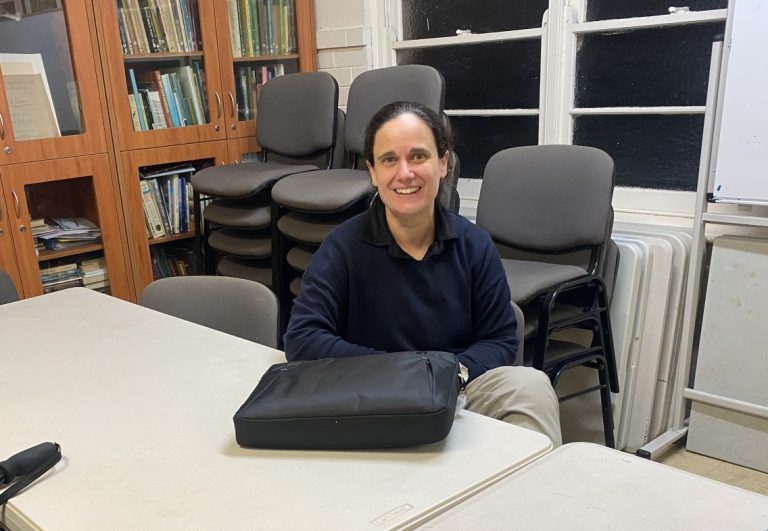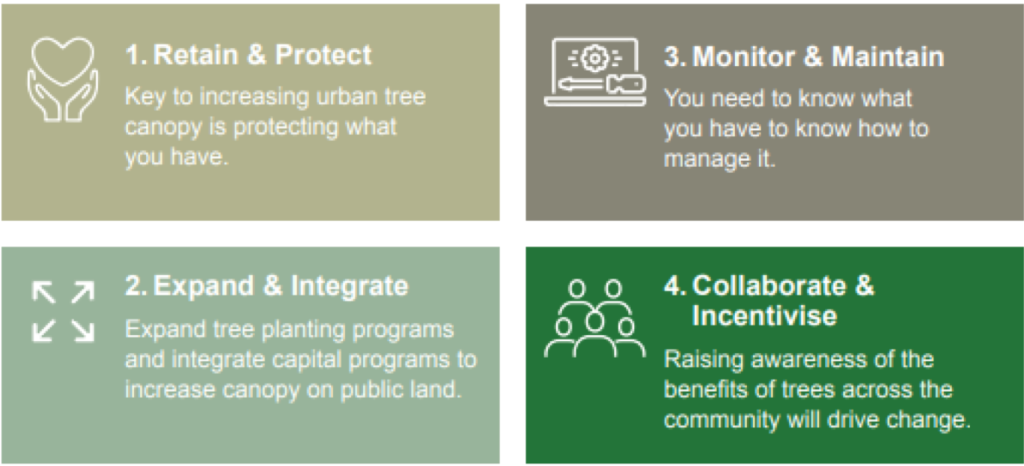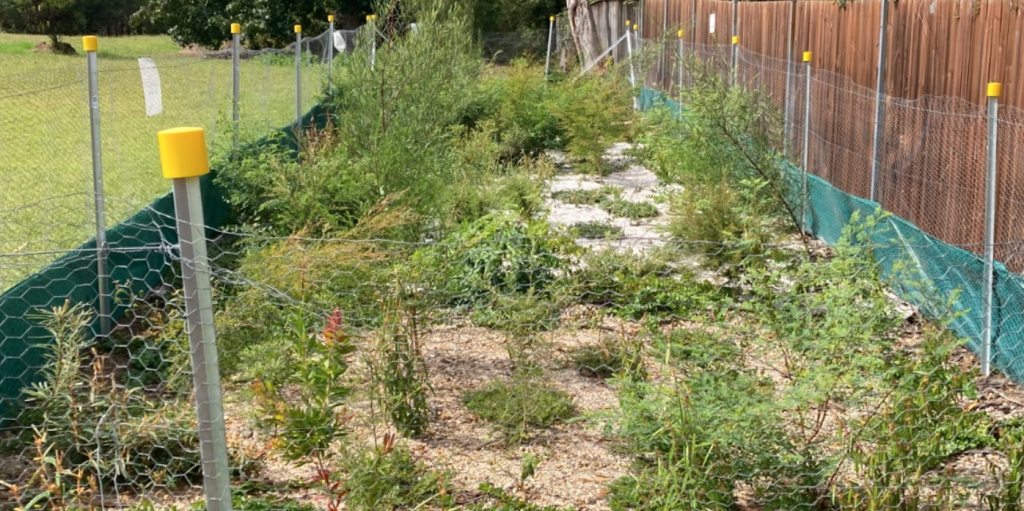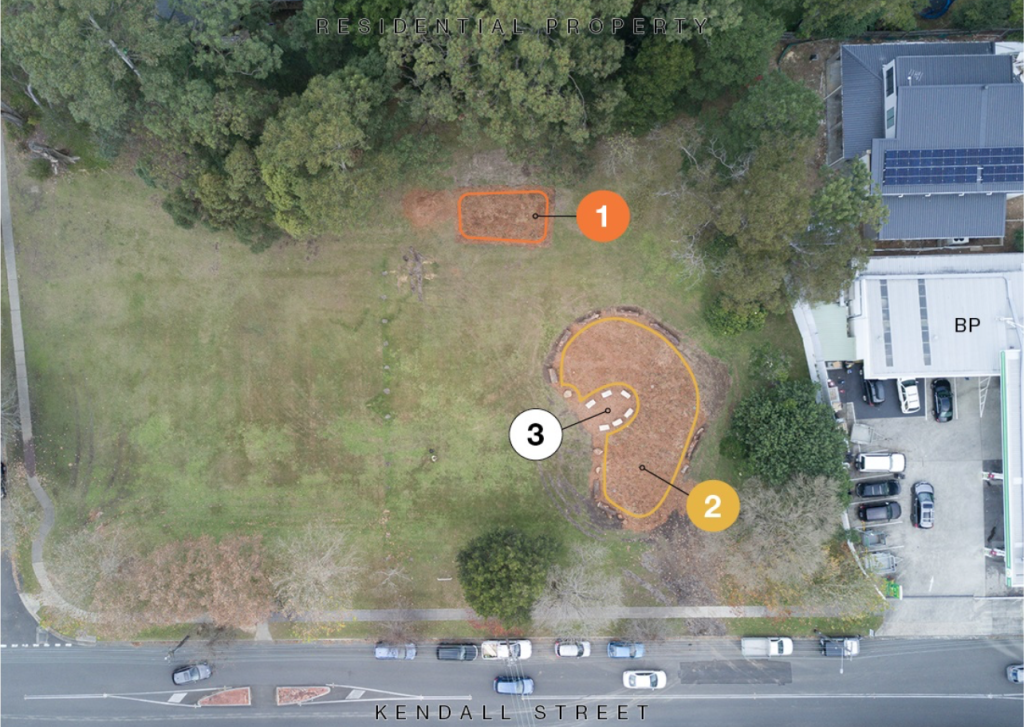On August 1st, Sophia Findlay, Natural Areas Team Leader at Ku-ring-gai Council, presented a talk on the Urban Forest, emphasising its vital role in enhancing urban livability. this article is an overview of the talk by Russell Beardmore – Vice president of the North Beaches district group.
Sophia presented a very interesting talk on the concept of the Urban Forest. The term “Urban Forest” refers to all the trees and woody shrubs growing in a defined urban area whether on public or private land. The Urban Forest helps create a healthy, liveable community. The state government has a target of about 40% cover in urban areas. Ku-ring-gai is already ahead of the game, currently at about 45% and aiming for 49%.

What does an Urban Forest do?
- Reduces urban heat and energy consumption
- Reduces air pollution
- Increases land and property values
- Increases social health and wellbeing
- Stores and sequesters carbon emissions
- Stabilizes land and reduces erosion
- Reduces stormwater flows and nutrient loads
- Increases habitat for wildlife therefore improving biodiversity
Ku-ring-gai Council has adopted an Urban Forest Strategy based on four key principles:
1 – Retain and protect
That is, protect what is already there – not always easy when urban areas are constantly subject to development pressures.
2 – Expand and Integrate
The idea is to develop plans to expand tree planting, particularly on council-owned land, and to integrate these plans with capital programs.
3 – Monitor and Maintain
Measure what is already in place and continue monitoring to determine the effectiveness of programs. Ku-ring-gai is using a variety of monitoring techniques including aerial surveys and identification and monitoring of individual trees – a huge program given the thousands of trees involved.
4 – Collaborate and Incentivise
The council is restricted to direct action only on public land. There is enormous potential for increasing planting on private land which already carries over half the total cover. There is a need to raise awareness of the benefits of trees across the community to encourage landholders to plant more trees. Council nurseries play an important role in this.

Some interesting methods to increase plantings are currently being trialled. One is the idea of Woody Meadows – intensive planting of woody shrubs over small areas, using inorganic mulches to protect the plants and minimise weed growth. Another is the concept of the Tiny Forest, a densely packed area of native bushland about the size of a tennis court. They are planted using the Miyawaki method, which includes deep cultivation, soil enrichment, diverse plant selection and a dense structure. Such a forest has been established in West Pymble.

For more info on the project visit Ku-ring-gai Tiny Forest Website Page & Earthwatch pages.
Tiny Forest:
1. Control plot – Planting completed.
Approximately 60m2 Sydney Turpentine Ironbark Forest species used to compare tree growth rate.
2. Tiny Forest – Planting completed.
Approximately 200m2 Turpentine Ironbark Forest species providing ecological and social benefits for the community.
3. Outdoor learning area – Sandstone seating completed.

